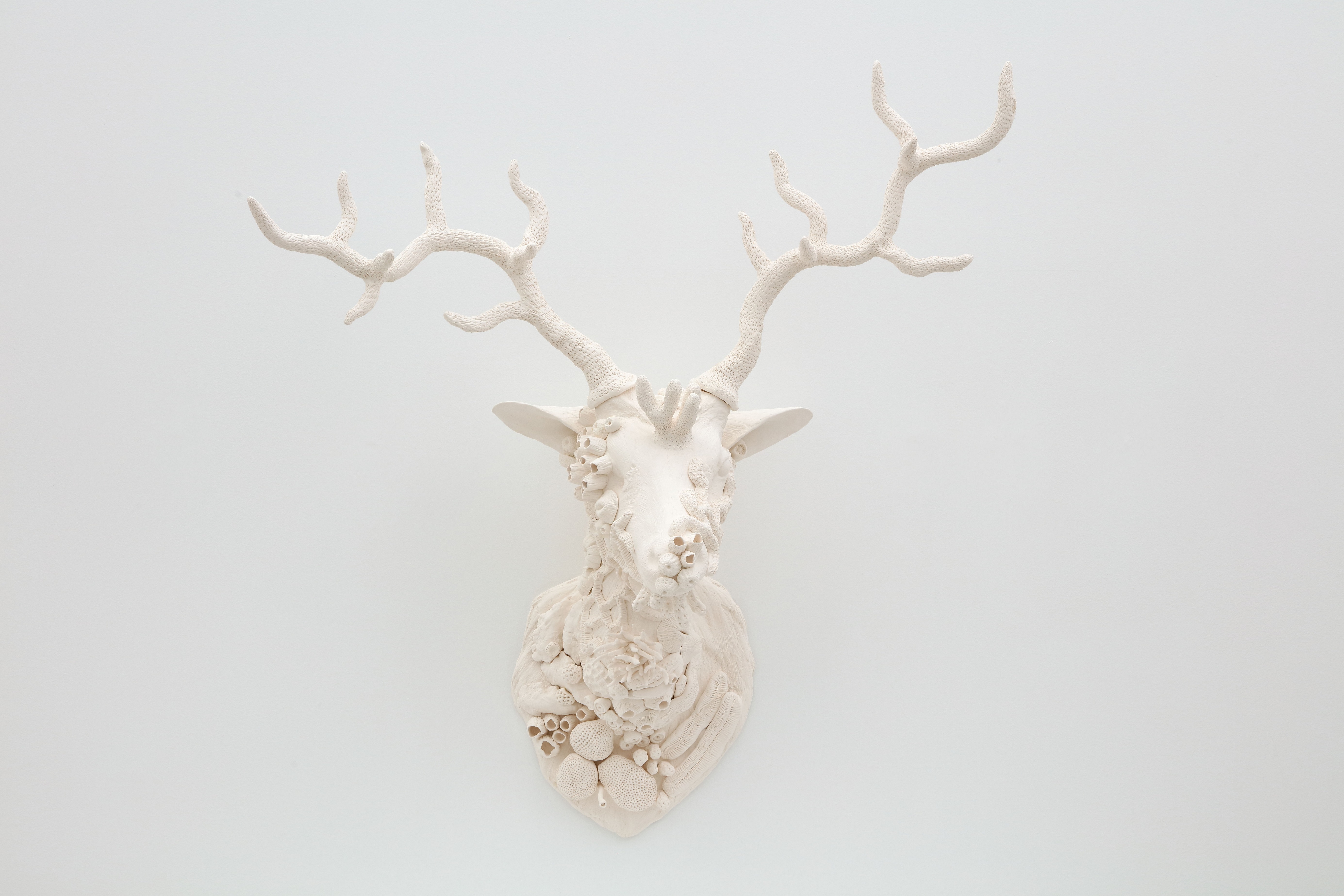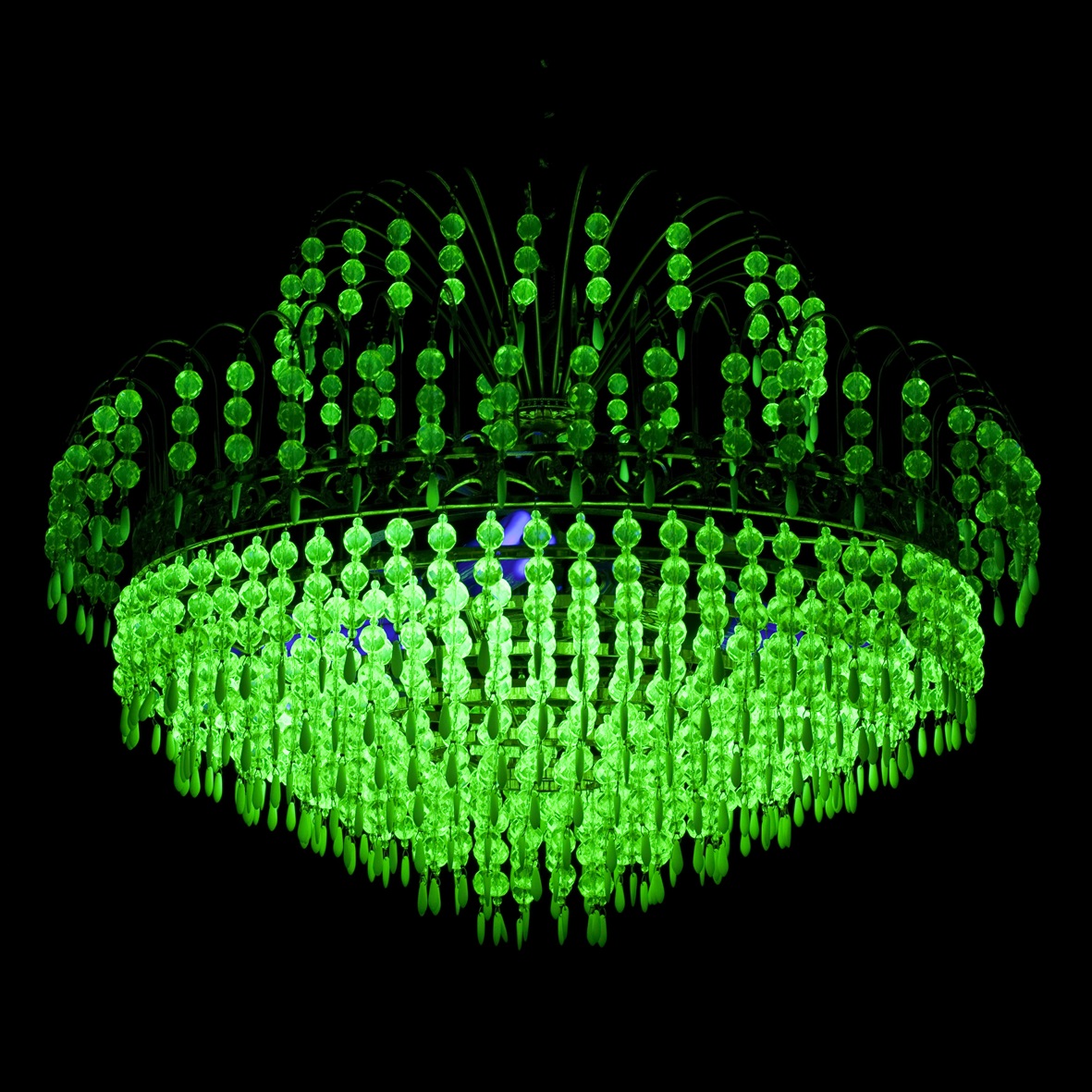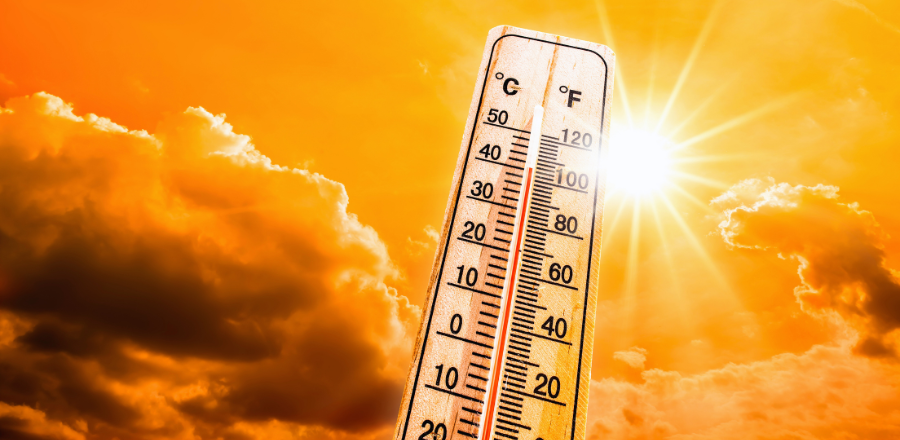A large installation made of sugar will be the centrepiece of a new exhibition focussed on the hidden connections between people and their environment opening at QUT Art Museum on July 5.
is the first major survey exhibition of an artistic duo who split their time between Japan, New York, and Australia. Running until October 23, it brings together major works held in interstate and international collections, including the Sherman Contemporary Art Foundation.
“For the first time, Australian audiences can experience the artists’ new ceramic work, Dysbiotica, resulting from their 2019 research residency with QUT researchers in the School of Biology and Environmental Science investigating the human microbiome,” said Vanessa Van Ooyen, Director of QUT Galleries and Museums.

Ken + Julia YONETANI, Dysbiotica – Deer 6 2020, porcelain clay. Photo by MIYAJIMA Kei. © Ken + Julia Yonetani. Courtesy of Mizuma Art Gallery.
“Through organic farming on their property in the outskirts of Kyoto, Japan, ‘s strong interest in ecology has become a whole-of-life approach.
“They came to understand the symbiotic relationship between billions of microorganisms – and that maintaining that relationship is vital to global systemic balance.”
The artists explain further:
“We are forced to recognise the connection between us and the microscopic world. The microbes have spoken. We ignore their interconnectivity with everything at our own peril,” they said.
The new work will be shown alongside major installations including a reiteration of Sweet Barrier Reef, first shown at the Venice Biennale in 2009. It takes the form of a bleached coral reef made from sugar, referencing the effects of the sugar cane industry on the bleaching of the Great Barrier Reef.
Ms Van Ooyen said other major works on display include glowing green uranium glass chandeliers from the Crystal Palace series from 2013, which the artists conceived in response to the Fukushima Daiichi nuclear disaster in Japan in 2011. Antique chandelier frames have been refitted with uranium glass and UV lighting; once switched on, the UV bulbs cause the glass beads to glow with a haunting green. Each chandelier is named after a nuclear power-producing country, and its size corresponds to the number of operating plants in that nation.

Ken + Julia YONETANI, Crystal Palace: The Great Exhibition of the Works of Industry of all Nuclear Nations (Germany) 2013, uranium glass, antique chandelier frames and electrical components, UV lights. The Gene & Brian Sherman Collection, Sydney. © Ken + Julia Yonetani. Courtesy of Mizuma Art Gallery.
Other sculptural works have been cast from salt in the form of foods and disposable water bottles, pointing to concerns arising from increasing salinity levels in Australia and unsustainable agricultural practices.
The salt used represents a small portion of the 550 tonnes of groundwater salt from the Murray Darling basin pumped out of the ground each year to try and stem the increasing rise of highly saline groundwater in an area that produces up to 90 per cent of Australia’s domestically grown fresh food.
“Much of our work has arisen out of our own anxieties. Catastrophe is our shtick. Clay, sugar, salt, uranium glass, and money; by using many diverse materials, we sought to give ‘form’ to economic issues and environmental devastation,” explain the artists.
“Whatever global Armageddon we were frightened of, it seems to be unfolding all at once, and more than we could have imagined. One miniscule virus invisible to the human eye traverses the world and entire systems—education, medicine, science, economies, social norms, democracies—are irrevocably disrupted.
“From the smallest living particle to the cosmos, the micro and macro are linked through a myriad of complex communication systems, and now it is time to listen in.”
The exhibition is accompanied by a 120-page bilingual publication, jointly produced by Tokyo’s Mizuma Art Gallery and QUT Art Museum.
It features a creative essay by blogging-sensation-turned-best-selling novelist, Taguchi Randy.
“Taguchi’s essay responds to the Yonetanis’ most recent body of work, Dysbiotica, in which human and animal bodily forms are covered in ceramic coral forms,” said Ms Van Ooyen.
“By weaving childhood memories from post-war Japan with reflections on Nevil Shute’s 1957 post-apocalyptic science-fiction novel, On the Beach, the author contemplates pressing global issues, our place in the ecosystem, and the human condition.”
This project has been assisted by the Australian Government through the Australia Council, its arts funding and advisory body.
About the artists
Ken + Julia Yonetani’s work explores the interaction between humans, nature, science and the spiritual realm in the contemporary age, unearthing and visualising hidden connections between people and their environment. The duo is known for their use of unusual materials to create awe-inspiring, large-scale installations, which are both conceptually and visually compelling.
Both born in Tokyo, Ken grew up in Japan, while Julia travelled the world with her family and eventually settled in Australia. She returned to Japan in her early twenties and met Ken. They began their collaborative artistic practice in 2008.
Ken + Julia Yonetani have exhibited nationally and internationally, including solo presentations at the ³Ô¹ÏÍøÕ¾ Gallery of Australia, Canberra, and Mori Art Museum, Tokyo, and in 2009, they represented Australia at the 53rd Venice Biennale.
– 5 July to 23 October 2022
Main image: Ken + Julia YONETANI, Sweet Barrier Reef 2009, sugar, vegetable gum, polystyrene foam. Photo by Ian Hobbs. © Ken + Julia Yonetani. Courtesy of Mizuma Art Gallery.







